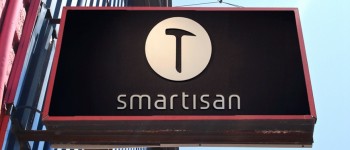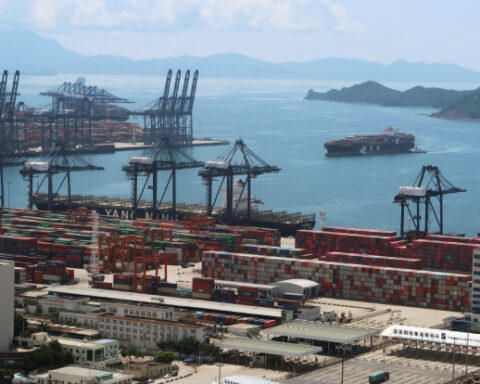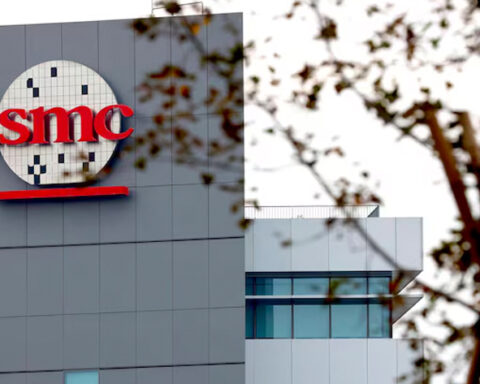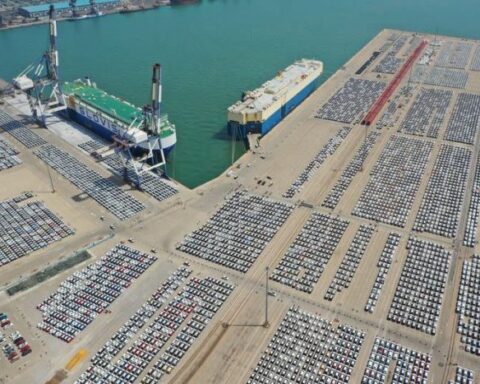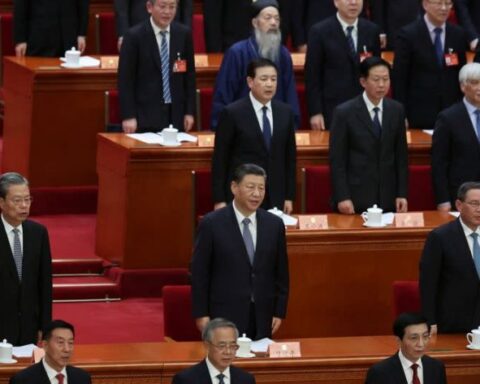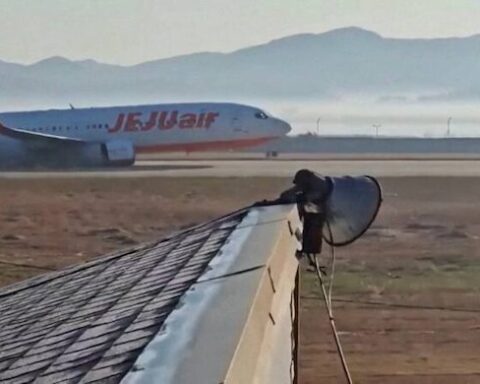The U.S. held talks with Asian allies on President Donald Trump’s tariffs, which appear to include negotiations on sharing the burden of defense costs, due to tens of thousands of U.S. troops from Japan and South Korea.
Both countries work hard to separate security negotiations from trade. However, Trump said on the “truth social platform” that defense cost sharing will be part of the “one-stop shopping” negotiations with Seoul. Moreover, the question was raised during a visit to Washington this week by Japanese officials.
Japan has about 50,000 U.S. troops and South Korea has 28,500. Both countries rely on the U.S. Nuclear Protection Agency to protect China, Russia and North Korea and are considered crucial to the ability of the U.S. military to project power and influence in the region.
See also: EU rejects our proposal to cut tariffs if it exits China –
There are many Debate on whether Trump is more focused on budget issues Or a defense posture that prevents hostile states from aggression. The debate comes as news that his administration is seeking to reduce the cost of Japanese and Korean bases.
Trump had previously suggested that if these countries don’t pay, he could withdraw U.S. troops, asking for billions of dollars during his first term.
South Korea’s first deputy foreign secretary Kim Hong-Kyun told parliament on Wednesday that Seoul is preparing for various situations, although Washington has not formally proposed renegotiating its Special Measures Agreement (SMA) and South Korea supports U.S. troops stationed there.
Finance Minister Choi Sang-Mok said this week that cost sharing is not available for review.
Japanese government officials told Reuters that Tokyo also believes the issue of defense spending is separated from tariffs. “These were originally separate issues,” the official said, suggesting that defense costs should not be part of tariff negotiations.
The Pentagon and the State Department handed over the issue to the White House, which was no response.
Trump said the reopening of defense talks was Trump’s “deliberate pressure strategy.” Danny Russel of the Asian Associations Policy Institute.
“Trump has made it clear that he believes the alliance is traded and determined to match the value of the U.S. defense umbrella,” he said.
In the U.S. election last year, South Korea and then-U.S. President Joe Biden’s outgoing administration rushed to sign a new five-year SMA, where Seoul would raise maintenance of U.S. forces by 8.3% to $1.47 billion in the first year, which was later closely linked to the consumer price index.
However, the gambling appears to have failed, and a South Korean security official who asked not to be named said they have no right to discuss the issue.
South Korea signs new agreement in 2024
The official said the Biden team pushed for early negotiations and sparked a debate within the South Korean government that ultimately decided to risk rejecting Washington.
“Now, if we have to negotiate, we have a higher number than we are waiting,” the official said.
South Korea has a caretaker government after Yoon Suk Yeol was impeached and removed from his presidency this month after Yoon Suk Yeol was impeached and removed from his presidency. A new presidential election will be held on June 3.
Japan is the largest overseas deployment of U.S. forces, fighter squadrons and Washington’s only forward-deployed aircraft carrier strike team
According to the Japanese Foreign Ministry, under an agreement negotiated in 2022 and due to expire in March 2027, Japan’s average annual cost is borne by the maintenance of US forces, at about 211 billion yen ($1.48 billion).
South Korea’s U.S. military as well as fighter jets and armored vehicles are the legacy of the Korean War of 1950-1953.
“Seoul locked in a year’s SMA in a more beneficial way before Trump was re-election,” Bruce Klingner said.
“The reopening of the defense agreement and linking with broader economic and trade issues will exacerbate South Korea’s concerns about economic benefits that may need to be made, and the continued viability of the U.S. defense commitment.”
Large Weapon Buyers in Seoul
Questions about the U.S. ability or willingness to protect South Korea from nuclear weapons have sparked new appeals from Seoul to prepare people to develop their own nuclear weapons.
Analysts say negotiations with the Trump administration are more complicated by the factual dispute.
Klinner said just as Trump mistakenly believed South Korea’s effective tariff rates in his speech to Congress, his social media post erroneously claimed that payments for the cost branch had begun in his first term and were terminated by Biden.
The SMA began in 1991, and the SMA signed last year is the twelfth agreement between the United States and South Korea.
In testimony to the U.S. Congress last week, South Korea’s commanders and generals responsible for all U.S. troops in the Indo-Pacific region praised South Korea’s contribution to the defense budget and purchased large quantities of U.S. weapons and fighter jets.
“These strategic investments emphasize the enduring partnership between our two countries,” said General Xavier Brunson, commander of USFK.
- Jim Pollard’s Extra Input and Editing by Reuters
See also:
China says defeating our tariffs will “shake hands, not shake hands”
China stops rare earth exports, warning us of deep-sea metal “plan”
Data display
China calls on us to cancel tariffs as Xi Jinping starts SE Asia Tour
China raises tariffs on U.S. goods to 125% as “hiking becomes a joke”
China, Japan, South Korea strengthens trade relations as US tariff looms
After Trump announces 25% car tariffs
Honda “made citizen hybrid due to tariffs rather than Mexico”
Japanese automakers want government help deny U.S. tariffs


